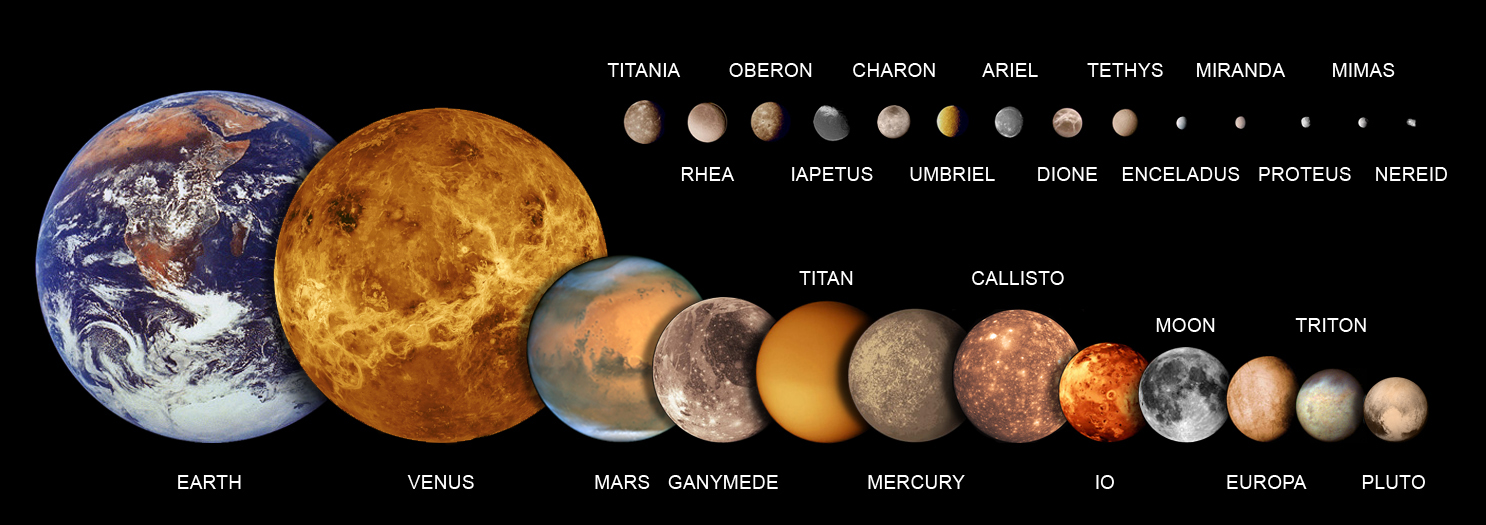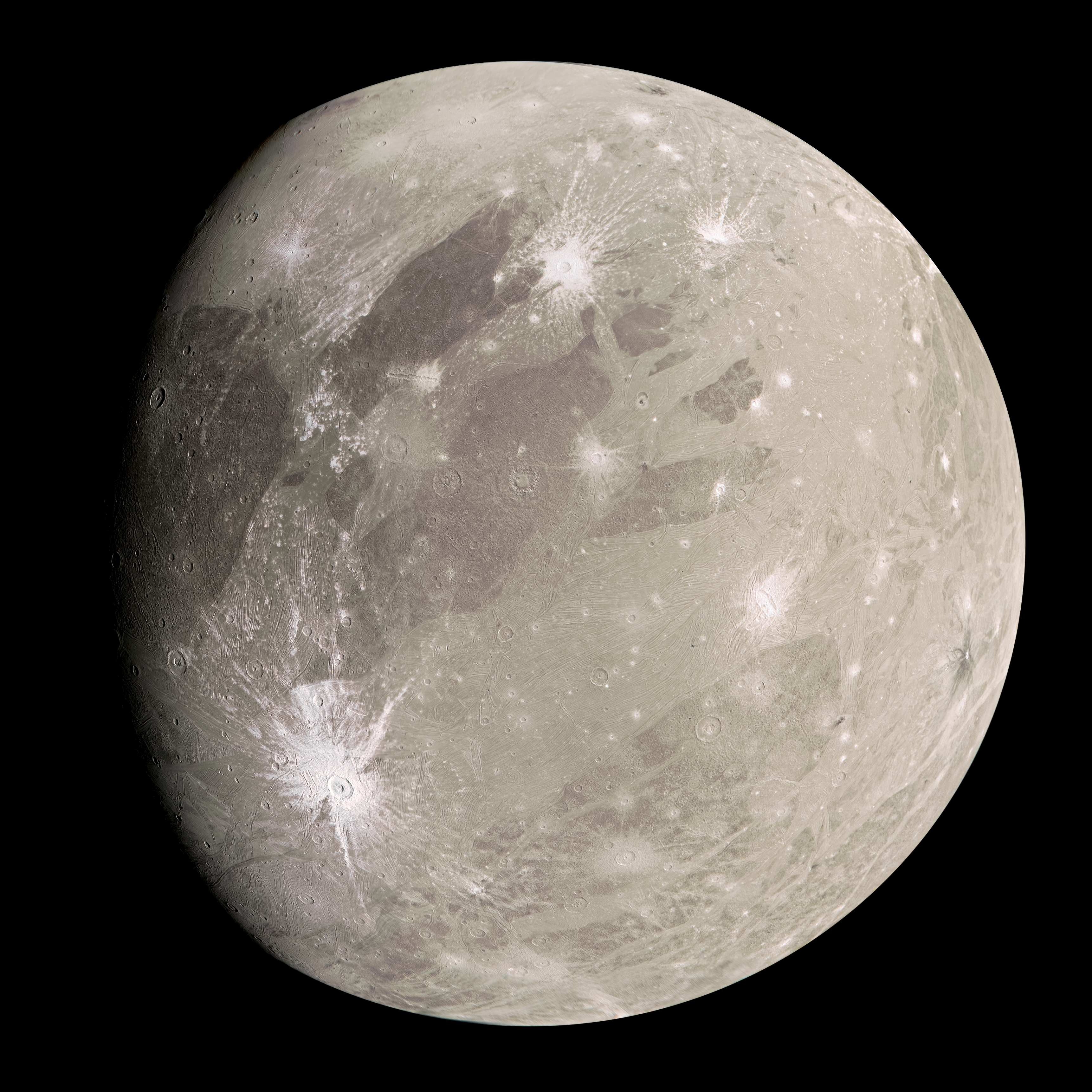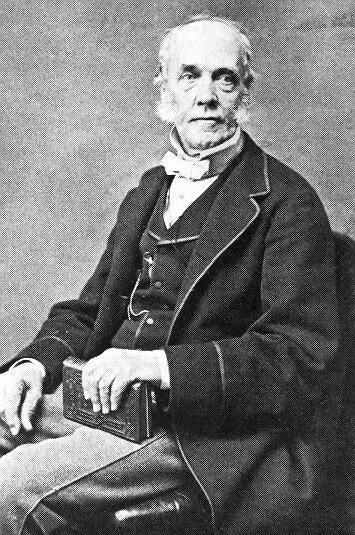|
Planemo
A planetary-mass object (PMO), planemo, or planetary body (sometimes referred to as a world) is, by geophysical definition of celestial objects, any celestial object massive enough to achieve hydrostatic equilibrium, but not enough to sustain core fusion like a star. The purpose of this term is to classify together a broader range of celestial objects than 'planet', since many objects similar in geophysical terms do not conform to conventional expectations for a planet. Planetary-mass objects can be quite diverse in origin and location. They include planets, dwarf planets, planetary-mass satellites and free-floating planets, which may have been ejected from a system ( rogue planets) or formed through cloud-collapse rather than accretion ( sub-brown dwarfs). Usage in astronomy While the term technically includes exoplanets and other objects, it is often used for objects with an uncertain nature or objects that do not fit in one specific class. Cases in which the term is oft ... [...More Info...] [...Related Items...] OR: [Wikipedia] [Google] [Baidu] |
Free-floating Planet
A rogue planet, also termed a free-floating planet (FFP) or an isolated planetary-mass object (iPMO), is an interstellar object of planetary-mass object, planetary mass which is not gravitationally bound to any star or brown dwarf. Rogue planets may originate from Planetary system, planetary systems in which they are formed and later ejected, or they can also form on their own, outside a planetary system. The Milky Way alone may have billions to trillions of rogue planets, a range the upcoming Nancy Grace Roman Space Telescope is expected to refine. Some planetary-mass objects may have formed in a similar way to stars, and the International Astronomical Union has proposed that such objects be called sub-brown dwarfs. A possible example is Cha 110913−773444, which may either have been ejected and become a rogue planet or formed on its own to become a sub-brown dwarf. Terminology The two first discovery papers use the names isolated planetary-mass objects (iPMO) and free-flo ... [...More Info...] [...Related Items...] OR: [Wikipedia] [Google] [Baidu] |
Rogue Planet
A rogue planet, also termed a free-floating planet (FFP) or an isolated planetary-mass object (iPMO), is an interstellar object of planetary mass which is not gravitationally bound to any star or brown dwarf. Rogue planets may originate from planetary systems in which they are formed and later ejected, or they can also form on their own, outside a planetary system. The Milky Way alone may have billions to trillions of rogue planets, a range the upcoming Nancy Grace Roman Space Telescope is expected to refine. Some planetary-mass objects may have formed in a similar way to stars, and the International Astronomical Union has proposed that such objects be called sub-brown dwarfs. A possible example is Cha 110913−773444, which may either have been ejected and become a rogue planet or formed on its own to become a sub-brown dwarf. Terminology The two first discovery papers use the names isolated planetary-mass objects (iPMO) and free-floating planets (FFP). Most astronomical ... [...More Info...] [...Related Items...] OR: [Wikipedia] [Google] [Baidu] |
Hydrostatic Equilibrium
In fluid mechanics, hydrostatic equilibrium, also called hydrostatic balance and hydrostasy, is the condition of a fluid or plastic solid at rest, which occurs when external forces, such as gravity, are balanced by a pressure-gradient force. In the planetary physics of Earth, the pressure-gradient force prevents gravity from collapsing the atmosphere of Earth into a thin, dense shell, whereas gravity prevents the pressure-gradient force from diffusing the atmosphere into outer space. In general, it is what causes objects in space to be spherical. Hydrostatic equilibrium is the distinguishing criterion between dwarf planets and small solar system bodies, and features in astrophysics and planetary geology. Said qualification of equilibrium indicates that the shape of the object is symmetrically rounded, mostly due to rotation, into an ellipsoid, where any irregular surface features are consequent to a relatively thin solid crust. In addition to the Sun, there are a dozen or s ... [...More Info...] [...Related Items...] OR: [Wikipedia] [Google] [Baidu] |
Dwarf Planet
A dwarf planet is a small planetary-mass object that is in direct orbit around the Sun, massive enough to be hydrostatic equilibrium, gravitationally rounded, but insufficient to achieve clearing the neighbourhood, orbital dominance like the eight classical planets of the Solar System. The prototypical dwarf planet is Pluto, which for decades was regarded as a planet before the "dwarf" concept was adopted in 2006. Dwarf planets are capable of being geologically active, an expectation that was borne out in 2015 by the ''Dawn (spacecraft), Dawn'' mission to and the ''New Horizons'' mission to Pluto. planetary geology, Planetary geologists are therefore particularly interested in them. Astronomers are in general agreement that at least the List of possible dwarf planets#Likeliest dwarf planets, nine largest candidates are dwarf planets – in rough order of diameter, , , , , , , , , and . A considerable uncertainty remains over the tenth largest candidate , which may thus be co ... [...More Info...] [...Related Items...] OR: [Wikipedia] [Google] [Baidu] |
Planetary-mass Moon
A planetary-mass moon is a planetary-mass object. They are large and ellipsoidal (sometimes spherical) in shape. Moons may be in hydrostatic equilibrium due to tidal or radiogenic heating, in some cases forming a subsurface ocean. Two moons in the Solar System, Ganymede and Titan, are larger than the planet Mercury, and a third, Callisto, is just slightly smaller than it, although all three are less massive. Additionally, seven – Ganymede, Titan, Callisto, Io, Luna, Europa, and Triton – are larger and more massive than the dwarf planets and . The concept of ''satellite planets'' – the idea that all planetary-mass objects, including moons, are planets – is used by some planetary scientists, such as Alan Stern, who are more concerned with whether a celestial body has planetary geology (that is, whether it is a planetary body) than its solar or non-solar orbit ( planetary dynamics). This conceptualization of planets as three classes of objects (classical planets, dwa ... [...More Info...] [...Related Items...] OR: [Wikipedia] [Google] [Baidu] |
Rogue Planet
A rogue planet, also termed a free-floating planet (FFP) or an isolated planetary-mass object (iPMO), is an interstellar object of planetary mass which is not gravitationally bound to any star or brown dwarf. Rogue planets may originate from planetary systems in which they are formed and later ejected, or they can also form on their own, outside a planetary system. The Milky Way alone may have billions to trillions of rogue planets, a range the upcoming Nancy Grace Roman Space Telescope is expected to refine. Some planetary-mass objects may have formed in a similar way to stars, and the International Astronomical Union has proposed that such objects be called sub-brown dwarfs. A possible example is Cha 110913−773444, which may either have been ejected and become a rogue planet or formed on its own to become a sub-brown dwarf. Terminology The two first discovery papers use the names isolated planetary-mass objects (iPMO) and free-floating planets (FFP). Most astronomical ... [...More Info...] [...Related Items...] OR: [Wikipedia] [Google] [Baidu] |
Mercury (planet)
Mercury is the first planet from the Sun. It is a rocky planet with a trace atmosphere. While it is the List of Solar System objects by size, smallest and least massive planet of the Solar System, its surface gravity is slightly higher than that of Mars. The surface of Mercury is similar to Earth's Moon, heavily Impact crater, cratered, with expansive rupes system, generated from thrust faults, and bright ray systems, formed by ejecta. Its largest crater, Caloris Planitia, has a diameter of , which is about one-third the diameter of the planet (). Being the most inferior planet, inferior orbiting planet it appears in Earth's sky, always close to the Sun, either as a "morning star" or an "evening star". It stays most of the time the closest to all other planets and is the planet with the highest delta-v needed to travel to from all other planets of the Solar System. Mercury's sidereal year (88.0 Earth days) and sidereal day (58.65 Earth days) are in a 3:2 ratio. This relation ... [...More Info...] [...Related Items...] OR: [Wikipedia] [Google] [Baidu] |
Io (moon)
Io () is the innermost and second-smallest of the four Galilean moons of the planet Jupiter. Slightly larger than Earth's Moon, Io is the list of natural satellites, fourth-largest natural satellite in the Solar System, has the highest density of any natural satellite, the strongest surface gravity of any natural satellite, and the lowest amount of water by atomic ratio of any known astronomical object in the Solar System. With over 400 active volcanoes, Io is the most geologically active object in the Solar System. This extreme geologic activity results from Tidal heating of Io, tidal heating from friction generated within Io's interior as it is pulled between Jupiter and the other Galilean moons—Europa (moon), Europa, Ganymede (moon), Ganymede, and Callisto (moon), Callisto. Several volcanoes produce plumes of sulfur and sulfur dioxide as high as above the surface. Io's surface is also dotted with more than 100 mountains uplifted by extensive compression at the base of Io' ... [...More Info...] [...Related Items...] OR: [Wikipedia] [Google] [Baidu] |
The Moon
The Moon is Earth's only natural satellite. It orbits around Earth at an average distance of (; about 30 times Earth's diameter). The Moon rotates, with a rotation period ( lunar day) that is synchronized to its orbital period ( lunar month) of 29.5 Earth days. This is the product of Earth's gravitation having tidally pulled on the Moon until one part of it stopped rotating away from the near side, making always the same lunar surface face Earth. Conversley, the gravitational pull of the Moon, on Earth, is the main driver of Earth's tides. In geophysical terms, the Moon is a planetary-mass object or satellite planet. Its mass is 1.2% that of the Earth, and its diameter is , roughly one-quarter of Earth's (about as wide as the contiguous United States). Within the Solar System, it is the largest and most massive satellite in relation to its parent planet, the fifth-largest and fifth-most massive moon overall, and larger and more massive than all known dwarf pl ... [...More Info...] [...Related Items...] OR: [Wikipedia] [Google] [Baidu] |
Europa (moon)
Europa () is a moons of Jupiter, natural satellite (moon) of Jupiter. Being observable from Earth with common binoculars it is one of the four Galilean moons. As such it is a planetary-mass moon, the smallest and least massive orbiting Jupiter, and slightly smaller and less massive than Moon, Earth's. Europa is an icy moon, being of the three icy Galilean moons the closest orbiting Jupiter. As a result it is exhibiting a relatively young surface, driven by tidal heating. Probably having an iron–nickel alloy, iron–nickel core, it consists mainly of silicate rock, with a water-ice shell. It has a very thin atmosphere, composed primarily of oxygen. Its geologically young white-beige surface is Glacial striation, striated by light Tan (color), tan cracks and streaks, with very few impact craters. In addition to Earth-bound telescope observations, Europa has been examined by a succession of space-probe flybys, the first occurring in the early 1970s. In September 2022, the Juno ... [...More Info...] [...Related Items...] OR: [Wikipedia] [Google] [Baidu] |
25 Solar System Objects Smaller Than Earth
5 (five) is a number, numeral (linguistics), numeral and numerical digit, digit. It is the natural number, and cardinal number, following 4 and preceding 6, and is a prime number. Humans, and many other animals, have 5 Digit (anatomy), digits on their Limb (anatomy), limbs. Mathematics 5 is a Fermat prime, a Mersenne prime exponent, as well as a Fibonacci number. 5 is the first congruent number, as well as the length of the hypotenuse of the smallest integer-sided right triangle, making part of the smallest Pythagorean triple (3, 4, 5). 5 is the first safe prime and the first good prime. 11 forms the first pair of sexy primes with 5. 5 is the second Fermat number, Fermat prime, of a total of five known Fermat primes. 5 is also the first of three known Wilson primes (5, 13, 563). Geometry A shape with five sides is called a pentagon. The pentagon is the first regular polygon that does not Tessellation, tile the Plane (geometry), plane with copies of itself. It is the ... [...More Info...] [...Related Items...] OR: [Wikipedia] [Google] [Baidu] |
Triton (moon)
Triton is the largest natural satellite of the planet Neptune. It is the only moon of Neptune massive enough to be list of gravitationally rounded objects of the Solar System, rounded under its own gravity and hosts a atmosphere of Triton, thin, hazy atmosphere. Triton orbits Neptune in a retrograde orbit—revolving in the opposite direction to the parent planet's rotation—the only large moon in the Solar System to do so. Triton is thought to have once been a dwarf planet from the Kuiper belt, gravitational capture, captured into Neptune's orbit by the latter's gravity. At in diameter, Triton is the list of natural satellites#List, seventh-largest moon in the Solar System, the second-largest planetary moon in relation to its primary (after Earth's Moon), and larger than all of the known dwarf planets. The mean density is , reflecting a composition of approximately 30–45% ice, water ice by mass, with the rest being mostly rock and metal. Triton is differentiated, with a c ... [...More Info...] [...Related Items...] OR: [Wikipedia] [Google] [Baidu] |











